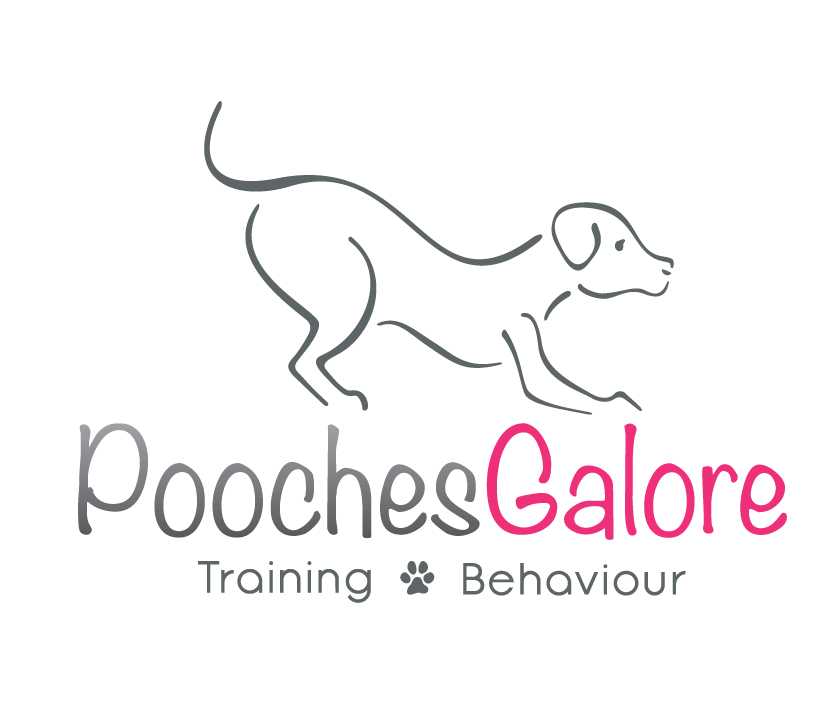Flingless walks...
Everyone, me included, love to throw a ball for our dogs and dogs love to chase them. However, playing fetch for prolonged periods of time can be fraught with many problems.
From a behavioural point of view playing fetch with your dog stimulates the dogs prey drive instincts. As a consequence of this the dog’s adrenaline and cortisol levels rise during play. Cortisol has many functions in our dogs’ body primarily acting on the areas of the brain controlling mood, motivation and fear. It is released by the body in response to stressful environments, setting the dog up for the fight or flight response.
While cortisol is vital in times of stress, prolonged exposure to cortisol can lead to a number of health concerns.
When we throw the ball, the dogs body releases adrenaline and cortisol, just as it would during the hunt. However, when the dog catches their prey, they would settle down for a good feed on their quarry allowing the levels of adrenaline and cortisol return to normal. However, when we continually play fetch with our dogs, they do not get the opportunity to reduce and instead they continue to rise and may contribute to other problems on your walk or with your dog’s long-term health.
We also need to think about what our dogs are fetching. Traditional tennis balls have their own problems. The furry surface that covers the ball, and is loved by dogs, is abrasive to our dogs’ teeth and wears the teeth down in a very short space of time. And don’t get me started on sticks!
Instead of a tennis ball, choose a safe rubber ball that is not going to cause them any problems with their teeth.
If you are anything like me, a chucker allows us to throw the ball (considerably) further than we could throw it without. This extended distance that the dog sprints can cause problems to the dog’s spine, cause muscle sprains, cruciate ligament damage and believe it or not diarrhoea. Dogs would never sprint and turn repeatedly as they do chasing a ball.
I’m not saying you should never play fetch with your dog but just mix it up, use scent work, playing with other dogs, and new environments to enrich your dog’s life.

